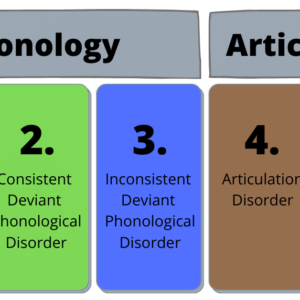Four Effective Strategies to Reduce Unnecessary Referrals for Speech Evaluations
$22.00

90 MINUTES (0.15 ASHA CEUs)
Course Type: Live – ASHA Course Code: Diversity, Equity, and Inclusion in Education, Training, Service Delivery, and Public Policy – 7030
Unnecessary evaluations contribute to the growing workloads of speech-language pathologists. Many of these speech referrals are for bilingual students who do not have speech or language disorders.
Additional Information
| Population | Early Childhood, School Age |
|---|---|
| Duration | 1.5 hours |
| Credit | .15 Continuing Education Units |
| Topics | Evaluations |
| Format | Video |
Ellen S. Kester, Ph.D., CCC-SLP
Financial Disclosure: Dr. Kester is the founder and owner of Bilinguistics. She receives a salary and receives royalties for products that may be mentioned in this presentation.
Non-Financial Disclosure: None
As speech-language pathologists report year after year that the demands on their time are increasing, it is critical that we eliminate unnecessary work. One of the biggest contributors to the increase in SLP workloads is speech referrals for students from diverse background who do not have speech or language disorders. Why does this happen? The research indicates that one of the primary reasons for this is teacher-student mismatch. When students speak a language that teachers do not, they frequently refer them for a speech-language evaluation to “rule out” any issues.
Two things can happen when bilingual students who have typical speech and language development are referred for evaluations—1) they are correctly identified as not having a speech or language disorder and do not qualify for services, or 2) they are incorrectly identified with a speech or language disorder and start receiving special education services that they do not actually need. If we can do something about this on the front end, we can hugely impact the number of evaluations SLPs do each year.
How do we get the right students in the evaluation process? We do it by 1) getting quality information from parents, 2) being involved in the referral process by helping teachers gather meaningful data, 3) sharing our knowledge about bilingual speech, language, and literacy acquisition with teachers, and providing teachers with information about the languages their students speak. When our teachers know what to look for in their students from diverse backgrounds, they will be less likely to refer the students who are exhibiting normal crosslinguistic patterns.
Participants will be able to:
• Describe two ways to get meaningful information from parents.
• Identify appropriate data collection forms to support teacher concerns and help them gather informative data.
• Locate and language specific resources to support teachers with bilingual students.
Time-Ordered Agenda
5 minutes – Introduction to the topic
10 minutes – Why SLP workloads are increasing
15 minutes – Getting involved in the referral process
15 minutes – Getting useful information from parents
15 minutes- Helping teachers identify which bilingual students should be referred
15 minutes – Important resources to help all educators make good referrals
15 minutes – Moderated Q&A
Need CEUs?

 Share
Share
 Tweet
Tweet
 LinkedIn
LinkedIn
 Pin
Pin
 Email
Email





